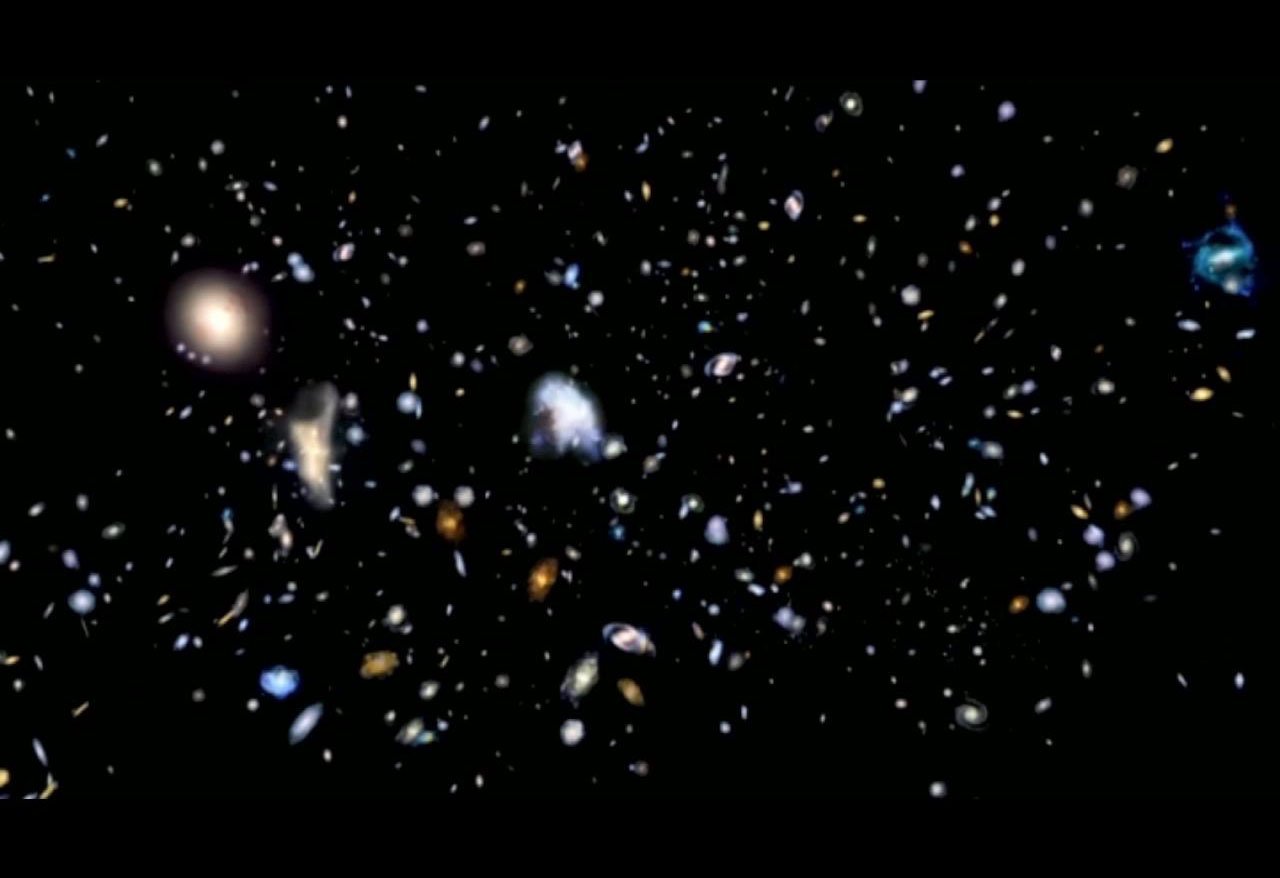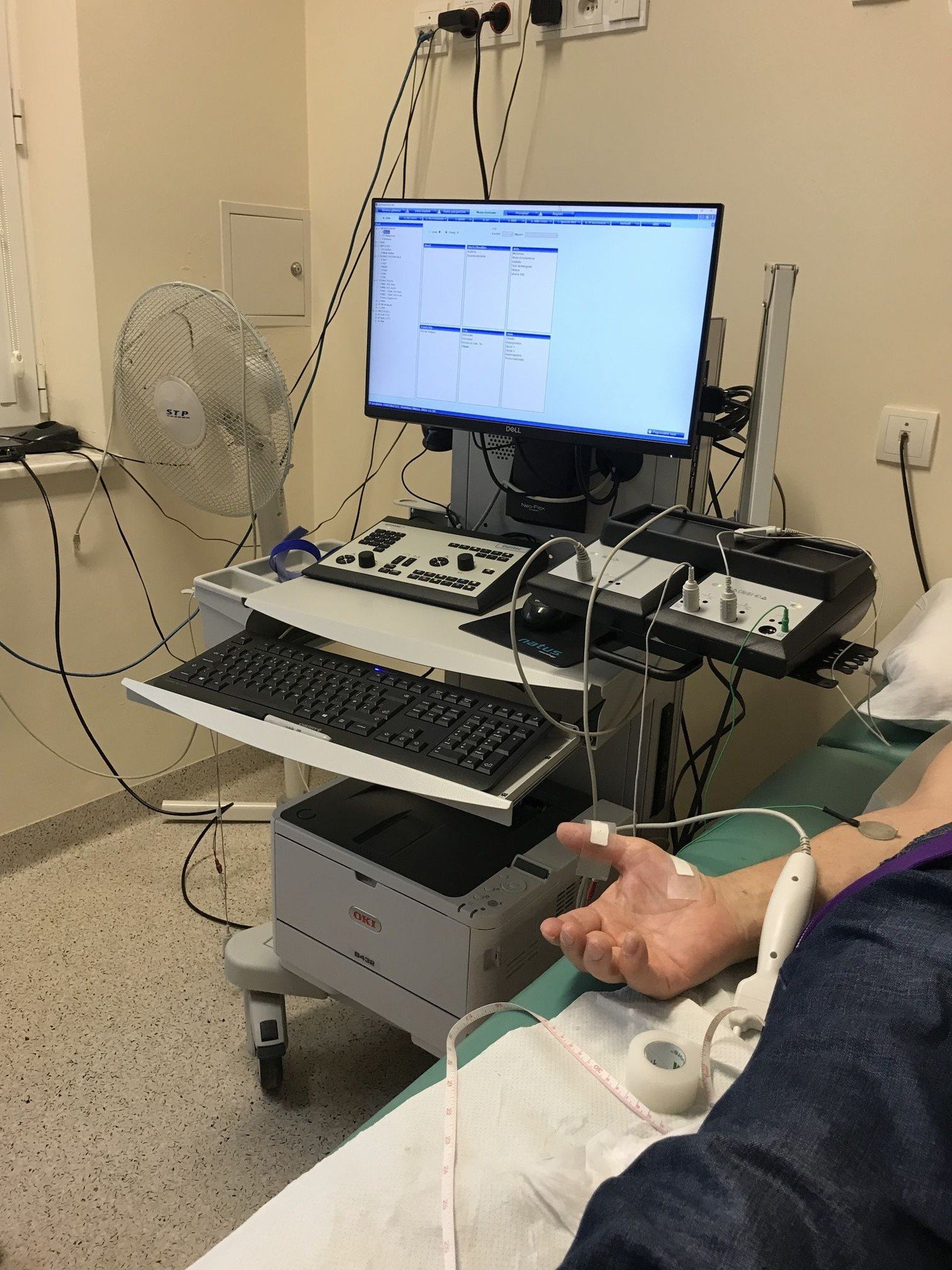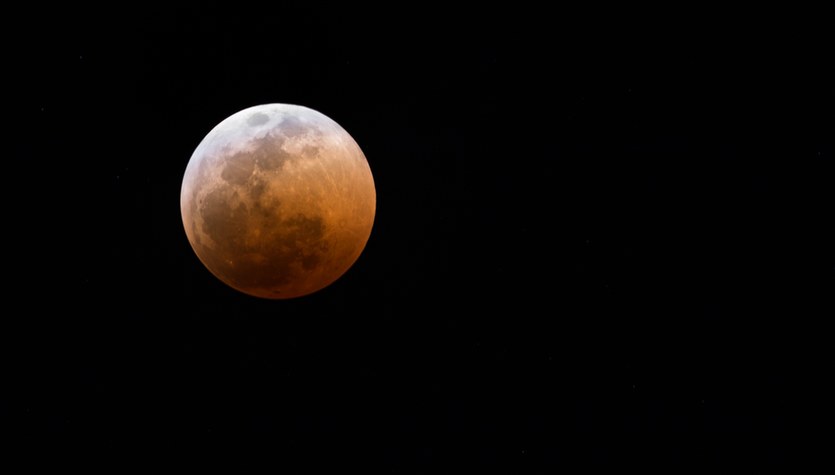The object of the observation was the giant star-forming region classified as NGC 604, which is dominated by a cluster of approximately two hundred young stars. Not only is this region in the sky toward the Triangle constellation, but it is also located in the Triangle Galaxy itself, one of three large galaxies in the Local Group of galaxies (the other two being our own Milky Way and Andromeda).
The galaxy itself, also known as M33, is about 2.9 million light-years away and has a diameter of about 60,000 light-years, making it roughly half the size of the Milky Way. It is worth noting here that for most people it is the farthest object in the night sky that can be seen with the naked eye from the surface of the Earth.
Read also: How do stars form? From a cloud of dust to a ball of light
The Triangle Galaxy is famous for its numerous H II clouds, mainly composed of hydrogen, in which new stars are formed. The largest of them is the NGC 604 region, which was imaged by the James Webb Telescope, and is 2.73 million light-years away from us, and extends over an area with a diameter of 1,300 light-years. Measurements so far indicate that the mass of the stars in the cloud is approximately 160,000 solar masses. The stars in it are only about 4 million years old, which – no matter how you look at it – is nothing compared to the Sun, which is already about 4.7 billion years old.
James Webb Space Telescope We looked at the center of the cloud using the MIRI instrument, which observes the universe in mid-infrared light, and the NIRCam camera in near-infrared light. In these images, scientists noticed for the first time the presence of very clear cosmic bubbles, stars and gas tendrils surrounding the entire region.
Relatively few stars are visible in the MIRI image, which includes red supergiants, which, as far as we know, are a million times brighter and 100 times more massive than the Sun. Hotter stars cannot be seen because in this radiation range they do not emit as much light, while clouds of cold gas and dust emit much more. But interestingly, blue fibrous structures are clearly visible between the stars, which consist of polycyclic aromatic hydrocarbons, which contribute to the formation of planets around young stars.

However, if we want to see hot stars, we need to look at the image taken with the NIRCam instrument. This is where you can see two very small stars that were previously seen only as irregular specks in Hubble Space Telescope images. However, the stars are not the most interesting here. The image shows distinct bubbles, which are actually regions from which younger, hotter and brighter stars, using their intense radiation and stellar winds, have blown away the gas that forms the cloud. The white edges visible around it are the region of hydrogen ionized by the ultraviolet radiation emitted by the stars. The red color indicates the location of the molecular hydrogen that forms the star-forming cloud and is also far enough away from young stars.
Read also: The James Webb Space Telescope has solved the mystery of mysterious radiation
Scientists look at these star-forming regions for several reasons. On the one hand, they show the beginnings of the formation of stars and the planets orbiting them, but they can also provide us with valuable information about the formation of chemical compounds that over time may become – for lack of a better word – the beginning of life on distant planets. No matter how you look at it, it is in these vast clouds of cold gas that the first ingredients for planets on which life could arise are created.

Echo Richards embodies a personality that is a delightful contradiction: a humble musicaholic who never brags about her expansive knowledge of both classic and contemporary tunes. Infuriatingly modest, one would never know from a mere conversation how deeply entrenched she is in the world of music. This passion seamlessly translates into her problem-solving skills, with Echo often drawing inspiration from melodies and rhythms. A voracious reader, she dives deep into literature, using stories to influence her own hardcore writing. Her spirited advocacy for alcohol isn’t about mere indulgence, but about celebrating life’s poignant moments.










